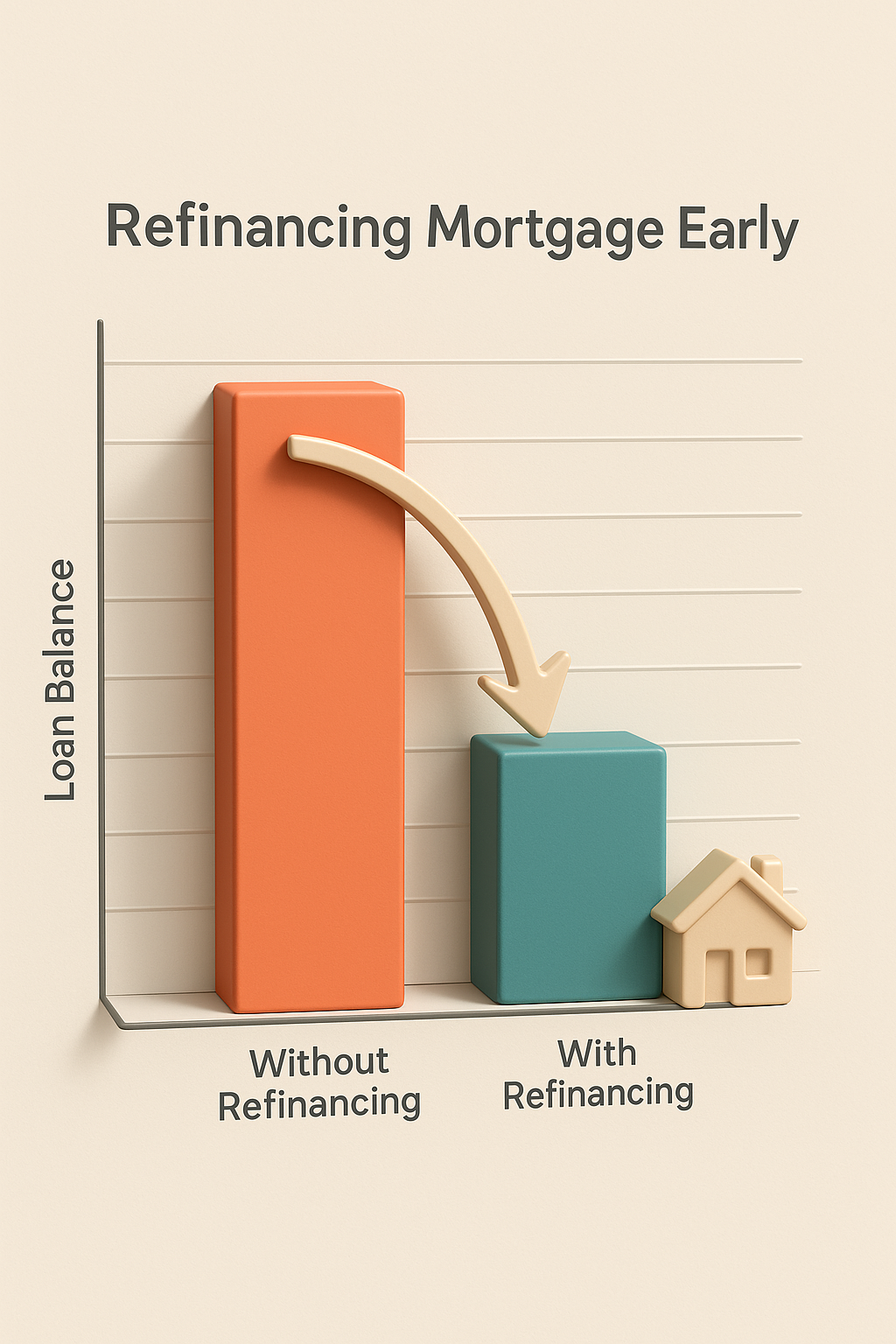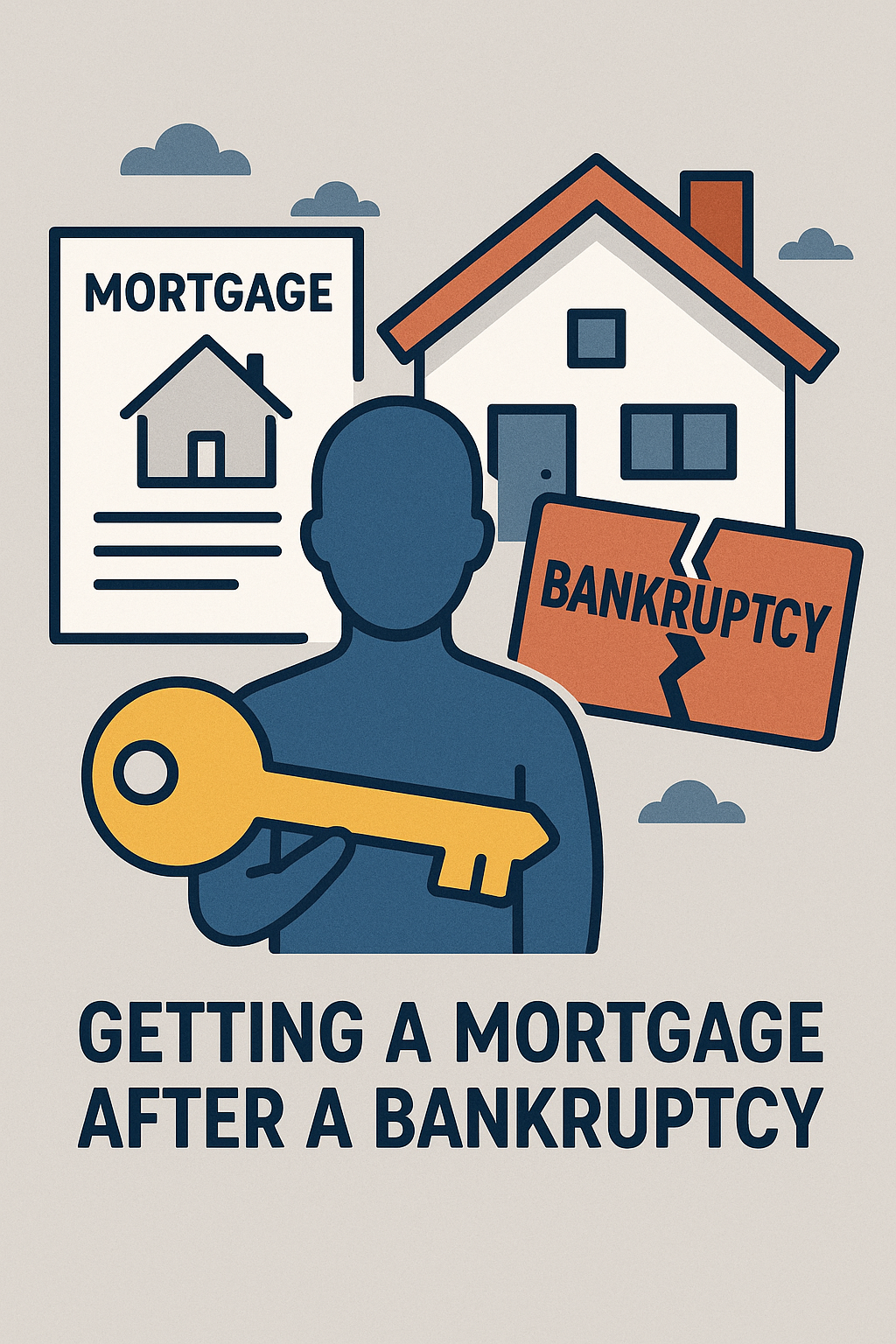Table of Contents
ToggleFall 2025 Refinance Outlook: What Canadian Homeowners Need to Know
As Canadian homeowners head into the fall of 2025, one question is top of mind: Is now the right time to refinance?
After years of rising interest rates and financial uncertainty, many Canadians are looking for relief in the form of lower mortgage payments, debt consolidation, or accessing home equity. The landscape is shifting—interest rates are beginning to ease, inflation is slowly stabilizing, and lenders are adjusting their products to capture demand.
This blog breaks down the Fall 2025 refinance outlook, what it means for Canadian borrowers, and the strategies you can use to make the most of today’s market.
Why Fall 2025 Is a Turning Point for Refinancing
The Canadian mortgage market has been on a rollercoaster over the past three years. After steep rate hikes from the Bank of Canada in 2022 and 2023, many homeowners were left stretched thin at renewal. Now, with gradual rate cuts expected through late 2025, refinancing is back on the table for households looking to ease the pressure.
Several factors are influencing this shift:
-
Interest rate cuts: The Bank of Canada has started signaling that rate relief is on the way. Even modest reductions can make refinancing more attractive.
-
Mortgage renewal wave: More than half of Canadian mortgages are up for renewal between 2025 and 2026. Homeowners will be forced to reevaluate their options.
-
Housing market stability: After a period of price corrections, values are beginning to stabilize in many markets. This gives homeowners more confidence to leverage their equity.
Interest Rate Trends: Fixed vs. Variable
One of the biggest decisions in any refinance is choosing between fixed and variable rates. Here’s what the outlook suggests:
Fixed-Rate Mortgages in Fall 2025
Fixed mortgage rates are tied closely to bond yields, which are beginning to soften as inflation comes under control. This means:
-
5-year fixed rates are expected to drift lower, potentially settling in the mid-3% to low-4% range.
-
Homeowners facing renewals from ultra-low pandemic-era rates will still see increases, but not as steep as in 2023–2024.
-
Refinancing into a fixed rate this fall could provide long-term payment stability while still locking in below the peaks of the last two years.
Variable-Rate Mortgages in Fall 2025
Variable rates rise and fall with the Bank of Canada’s overnight rate. With expectations of cuts into late 2025:
-
Borrowers may see immediate relief in monthly payments.
-
Variable rates could dip below 4%, depending on lender pricing.
-
The main risk is uncertainty—if inflation spikes again, rate cuts could pause.
Takeaway: If you value certainty, a fixed rate may be best. If you want to maximize savings and can handle some risk, a variable mortgage might offer more breathing room this fall.
The Payment Shock Factor
While rates are beginning to decline, many homeowners are still bracing for payment shock at renewal.
-
Borrowers who secured ultra-low fixed rates in 2020–2021 are now facing monthly payment increases of 15%–25%.
-
Variable-rate homeowners with “static payments” may see their amortizations balloon, making refinancing essential to reset their loan.
Refinancing this fall can help smooth out those shocks by extending amortization, consolidating debt, or switching to a more manageable mortgage product.
Why Homeowners Are Considering Refinancing in Fall 2025
Refinancing isn’t just about lowering your mortgage payment. Many Canadians are using it strategically this year to improve overall financial stability:
1. Debt Consolidation
High-interest credit card and loan balances are squeezing household budgets. By rolling those debts into a mortgage through refinancing, homeowners can cut interest costs dramatically and simplify payments.
2. Tapping Home Equity
Even with market corrections, most homeowners have built significant equity over the past decade. Refinancing allows them to unlock that value for renovations, education costs, or investment opportunities.
3. Protecting Against Uncertainty
Locking in a fixed rate this fall can shield borrowers from volatility, while others may opt for short-term variable mortgages to take advantage of future rate cuts.
4. Foreclosure Prevention
For households falling behind, refinancing can be a lifeline. Options like debt consolidation or working with a private lender may prevent foreclosure and buy time to stabilize finances.
Regional Considerations Across Canada
While national trends are important, refinancing outlooks differ across provinces:
-
Ontario & British Columbia: Higher home values give borrowers more refinancing flexibility, though stricter stress-test rules apply.
-
Prairie Provinces: Homeowners may benefit from smaller loan sizes and more manageable refinancing costs.
-
Atlantic Canada: Affordability remains better, but access to alternative lenders may be limited, making planning ahead critical.
Smart Refinancing Strategies for Fall 2025
If you’re thinking about refinancing this fall, here are some practical steps to get ahead:
1. Review Your Renewal Timeline
Don’t wait until the last minute—start shopping for refinance options 4–6 months before renewal. This gives you time to compare lenders and lock in rates.
2. Compare Fixed vs. Variable with Real Numbers
Run the numbers on both fixed and variable options. A mortgage broker can illustrate monthly payments, interest savings, and risks over the next five years.
3. Consider Blended Mortgages
Some lenders offer blended products, combining your existing mortgage with new funds at today’s rates. This can smooth out payment increases while accessing equity.
4. Work with a Mortgage Broker
A broker like LendToday.ca can access lenders beyond the big banks—including private and alternative lenders who may offer more flexible solutions.
5. Think Beyond the Mortgage
Refinancing is a chance to reset your finances. Use it to consolidate debt, budget more effectively, and reduce long-term financial stress.
Risks to Watch in Fall 2025
While refinancing conditions are improving, homeowners should remain cautious:
-
Inflation flare-ups could slow or reverse rate cuts.
-
Global economic uncertainty may push bond yields higher.
-
Household debt levels remain elevated, meaning lenders may tighten qualification standards.
This is why it’s essential to act early and get advice tailored to your situation.
The Bottom Line: Is Fall 2025 the Right Time to Refinance?
For many Canadians, the answer is yes—but with strategy. Rates are easing, housing markets are stabilizing, and lenders are competing for business. Whether your goal is lowering payments, consolidating debt, or protecting against volatility, this fall presents opportunities that weren’t available even a year ago.
The key is preparation. Assess your current mortgage, run the numbers, and explore all options before your renewal arrives.
At LendToday.ca, we help Canadian homeowners find refinancing solutions that fit their financial reality—not just the lender’s bottom line. If you’re ready to explore your options, reach out today and take control of your refinance journey this fall.
- Most Lenient Mortgage Lenders in Canada: A, B, and Private Explained - December 16, 2025
- Facts About Getting a Reverse Mortgage Before Your Home Is Paid Off - December 14, 2025
- 7 Smart Truths About Refinancing a Mortgage at Any Time (And Avoiding Costly Penalties) - December 12, 2025






